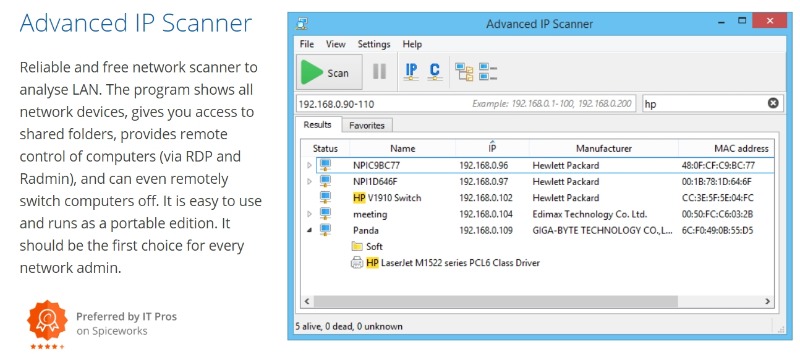

Thus, files with several petabytes of referenced data sets (climatic, land use and land cover, digital elevation models) product or not of earth observation satellite images and airborne sensors may be combined and integrated into a computing environment in the cloud. According to Mutanga and Kumar, this new approach can be undertaken by researchers of less developed countries due to the fact that does not need the large processing powers of the computers. The advance has occurred thanks to the development and application of powerful Machine Learning Algorithms (MLAs) in cloud computing environments, such as Google Earth Engine (GEE), which process images on a planetary scale and at high spatial resolutions.

However, in countries which have chosen to change their approach challenges have been overcome.
#Advanced mce remote mapper repository software
Images with high spatial, temporal, radiometric and spectral resolution, allow the mapping of large areas in a relatively short time, reinforced the improvement of techniques and algorithms, which allowed the automation of the mapping, with reliable results for reality.Ĭountries that still adopt traditional approaches to remote sensing data processing using commercial image processing software on workstation PC-based systems with proposals to demonstrate how remote sensing data can be used and presentation of GIS packages (due to technical, educational and institutional constraints), leaving aside deeper studies, such as subsurface modeling based on GIS, present limited performance in their studies, as related to Big Data management, because no matter how powerful the operating systems are, the entire data analysis process, including pre-processing over large areas involving thousands of images, is cumulative, slow and tedious, and it can still be expensive as it requires a lot of resources. Through these spatial data it is possible to understand and assess the effects of landscape changes on the environment. The demand for remote sensing data for land use and land cover mapping has been growing due to the impact of land use and land cover changes for the terrestrial ecosystems. It is partly due to the efforts of World Space Agencies (WSA) that in recent years have provided several images of remote sensors coupled mainly to aircraft and satellites publicly available and to technological advances in the computing field with powerful and efficient processors to manage large volumes of data, as well as efforts to develop robust algorithms for processing such data.

The acquisition of information on the terrestrial surface and its resources has been accelerated since the launch of the first artificial Earth Observation (EO) satellite by the Earth Observation System (EOS) program in 1972. Based on this study, despite the advances archived in recent decades, issues related to multi-source, multi-temporal and multi-level analysis, robustness and quality, scalability need to be further studied as they constitute some of the main challenges for remote sensing. This article aims to show the main tools, data, approaches applied for analysis, assessment, mapping and monitoring of LULCC and to investigate some associated challenges and limitations that may influence the performance of future works, through a progressive perspective. Therefore, hundreds of relevant studies available in different databases (Science Direct, Scopus, Google Scholar) demonstrating advances achieved in local, regional and global land cover classification products at different spatial, spectral and temporal resolutions over the past decades were selected and investigated. Providing coherent guidelines, based on literature review, to examine, evaluate and spread such conditions could be a rich contribution. For decades, technological developments and tools of geographic information systems (GIS), remote sensing (RS) and machine learning (ML) since data acquisition, processing and results in diffusion have been investigated to access landscape conditions and hence, different land use and land cover classification systems have been performed at different levels. The LULCC when intense and on a global scale can be catastrophic if not detected and monitored affecting the key aspects of the ecosystem’s functions. Studies on land use and land cover changes (LULCC) have been a great concern due to their contribution to the policies formulation and strategic plans in different areas and at different scales.


 0 kommentar(er)
0 kommentar(er)
